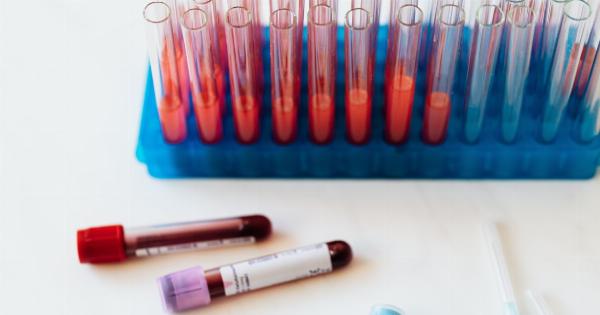Breast cancer is one of the most common types of cancer that affects women worldwide. It is crucial to detect breast cancer at an early stage to ensure a higher chance of successful treatment and improved outcomes.
Over the past 20 years, advancements in medical technology and research have significantly improved the ability to detect breast cancer. In this article, we will explore the benefits of these advancements and how they have revolutionized breast cancer detection.
1. Increased Survival Rates
One of the most significant benefits of 20 years of improvement in breast cancer detection is the increased survival rates. Early detection allows for early intervention and treatment, leading to a better chance of survival.
According to studies, when breast cancer is detected at an early stage, the five-year survival rate is over 90%. This emphasizes the importance of regular screenings and early detection.
2. Minimally Invasive Techniques
Advancements in technology have led to the development of minimally invasive techniques for breast cancer detection.
Procedures such as mammograms, ultrasounds, and magnetic resonance imaging (MRI) have become more accurate and less uncomfortable for women. These techniques allow for the early detection of even small lesions or abnormalities in breast tissue, enabling prompt treatment.
3. Early Detection of Pre-Cancerous Lesions
Regular screenings can detect pre-cancerous lesions known as ductal carcinoma in situ (DCIS). DCIS is a non-invasive condition where abnormal cells are confined to the milk ducts of the breast.
Detecting DCIS is crucial as it indicates an increased risk of developing invasive breast cancer in the future. Treating DCIS early can prevent the progression to invasive cancer, significantly reducing the risk of mortality.
4. Personalized Treatment Plans
Advancements in breast cancer detection have also led to personalized treatment plans.
With the help of genetic testing, doctors can analyze the genetic makeup of a tumor, allowing them to tailor treatment options specific to an individual’s cancer. This targeted approach enhances the effectiveness of treatment, reduces unnecessary side effects, and improves overall patient outcomes.
5. Improved Imaging Technology
Improved imaging technology, such as digital mammography and 3D imaging, has revolutionized breast cancer detection.
These imaging techniques provide a clearer and more detailed view of breast tissue, making it easier to detect small abnormalities or tumors. Enhanced imaging capabilities lead to early intervention, ultimately saving lives.
6. Accessibility and Affordability
Over the past 20 years, breast cancer detection techniques have become more accessible and affordable. Increased awareness, government initiatives, and advancements in technology have made screenings and diagnostic tests available to a wider population.
This accessibility ensures that more women can benefit from early detection, regardless of their socioeconomic status.
7. Reduced Morbidity
Early detection of breast cancer significantly reduces morbidity rates. When breast cancer is detected at a localized stage, the treatment is less aggressive and causes fewer side effects.
This means that women can maintain a higher quality of life during and after treatment, with fewer physical and emotional challenges to overcome.
8. Increased Public Awareness
The improvements in breast cancer detection over the past 20 years have also led to increased public awareness.
Campaigns, educational programs, and advocacy efforts have helped spread knowledge about the importance of early detection and regular screenings. This heightened awareness encourages more women to undergo timely screenings, leading to early detection and improved survival rates.
9. Better Prognosis
Advancements in breast cancer detection have resulted in improved prognoses for patients. Early detection allows for the identification of less aggressive forms of breast cancer.
With early intervention and tailored treatment plans, the prognosis for these patients is significantly better, leading to increased survival rates and improved overall outcomes.
10. Reduced Treatment Costs
Early detection of breast cancer often leads to less aggressive treatment options, which can significantly reduce treatment costs. Detecting breast cancer at an early stage allows for less invasive surgical procedures and targeted therapy.
This not only reduces financial burdens on patients and healthcare systems but also minimizes the physical and emotional toll of extensive treatments.
Conclusion
The benefits of 20 years of advancements in breast cancer detection are undeniable.
Increased survival rates, minimally invasive techniques, early detection of pre-cancerous lesions, personalized treatment plans, improved imaging technology, accessibility and affordability, reduced morbidity, increased public awareness, better prognoses, and reduced treatment costs are just a few of the advantages that have transformed breast cancer detection. With continued research and progress, we can hope for even further improvements in breast cancer detection, leading to more lives saved and improved quality of life for those affected.




























